Category: CompTIA A+
CompTIA A+ 3.7 Core 1 – Laser Printer Maintenance
CompTIA A+ 3.7 Core 1 – Laser Printers
CompTIA A+ 3.6 Core 1
Best Practices for Network Port Management
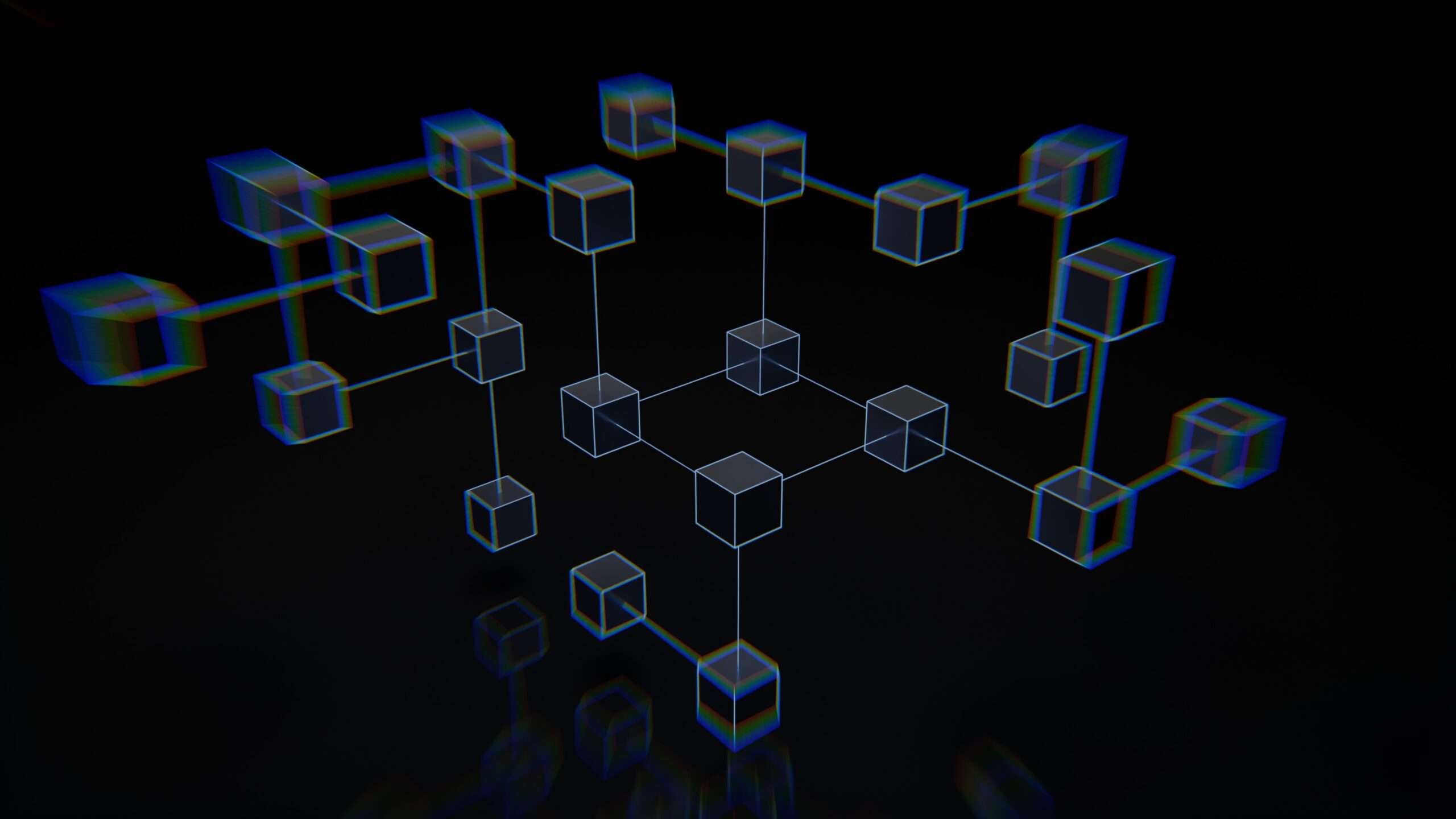
Network port(s) play a crucial role in computer networking, serving as communication channels between devices. However, open ports can pose significant security risks, potentially granting unauthorized access to threat actors. In the face of escalating cyber threats, the vulnerability of open network ports demands attention, as they are prime targets for exploitation by hackers. This… Read more
Expert Exam Day Tips for CompTIA A+

Expert Exam Day Tips for CompTIA A+ Welcome to our guide on exam day tips for CompTIA A+ certification. As you prepare for the exam, it’s crucial to focus your attention on the most relevant areas to optimize your study time and increase your chances of success. In this guide, we will provide valuable insights… Read more
Mastering Core 1 in CompTIA A+ Certification
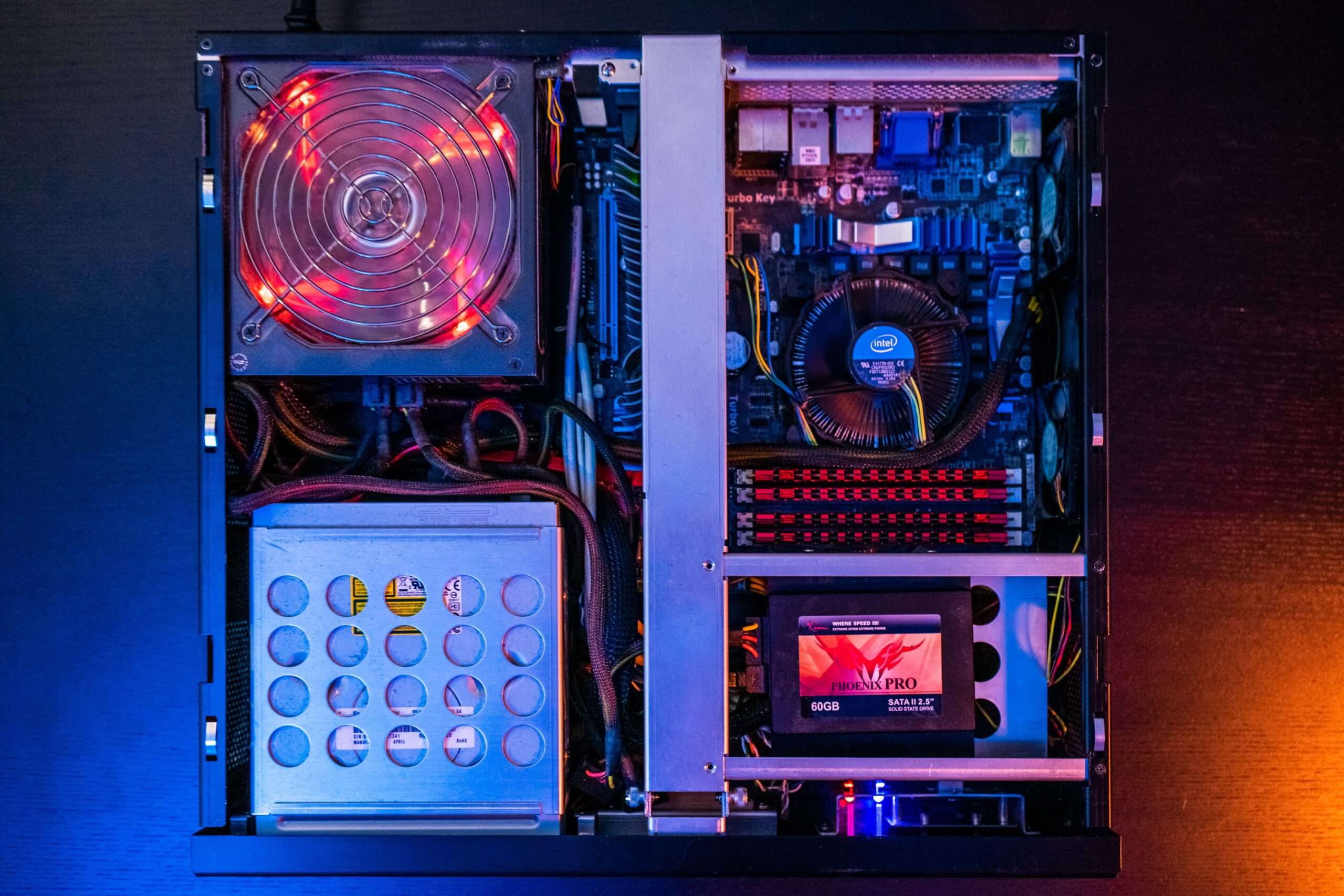
If you’re looking to establish a strong foundation in IT, mastering Core 1 in CompTIA A+ is a crucial step. The Official CompTIA A+ Core 1 Study Guide (220-1101) provides comprehensive coverage of the essential skills and knowledge needed for the CompTIA certification exam. This guide equips you with the expertise to install and configure… Read more
The Power of Parallel Processing: A Dive into a Multi-Core CPU
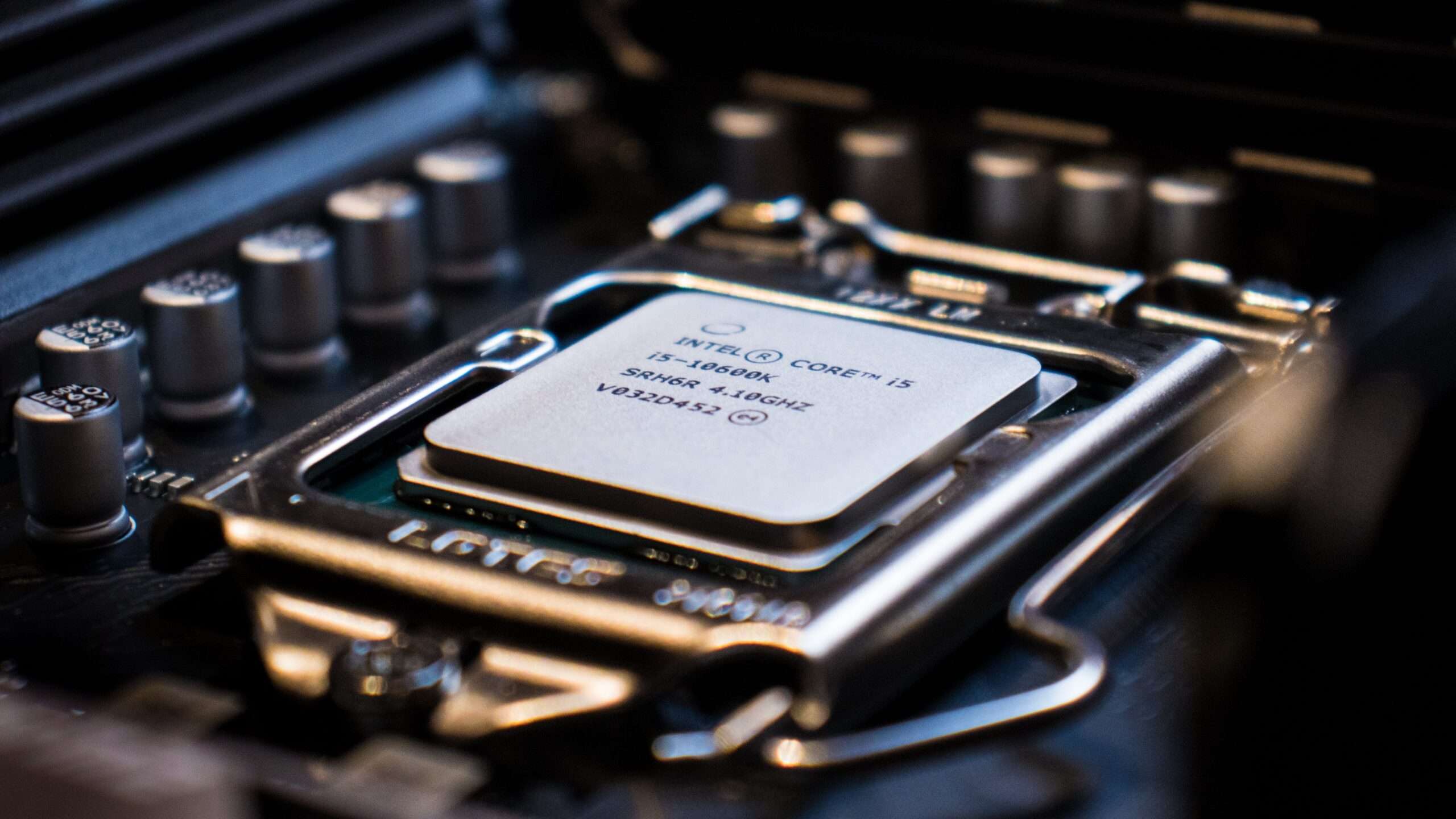
The evolution of technology has led to the development of multi-core central processing units (CPUs), allowing for parallel processing and significantly enhancing computing power. Let’s delve into the intricacies of multi-core CPU technology and understand its impact on modern computing. Understanding Multi-Core CPU Technology In essence, a multi-core CPU comprises two or more processing cores… Read more
The Evolution of Semiconductor Technology: From Transistors to CMOS
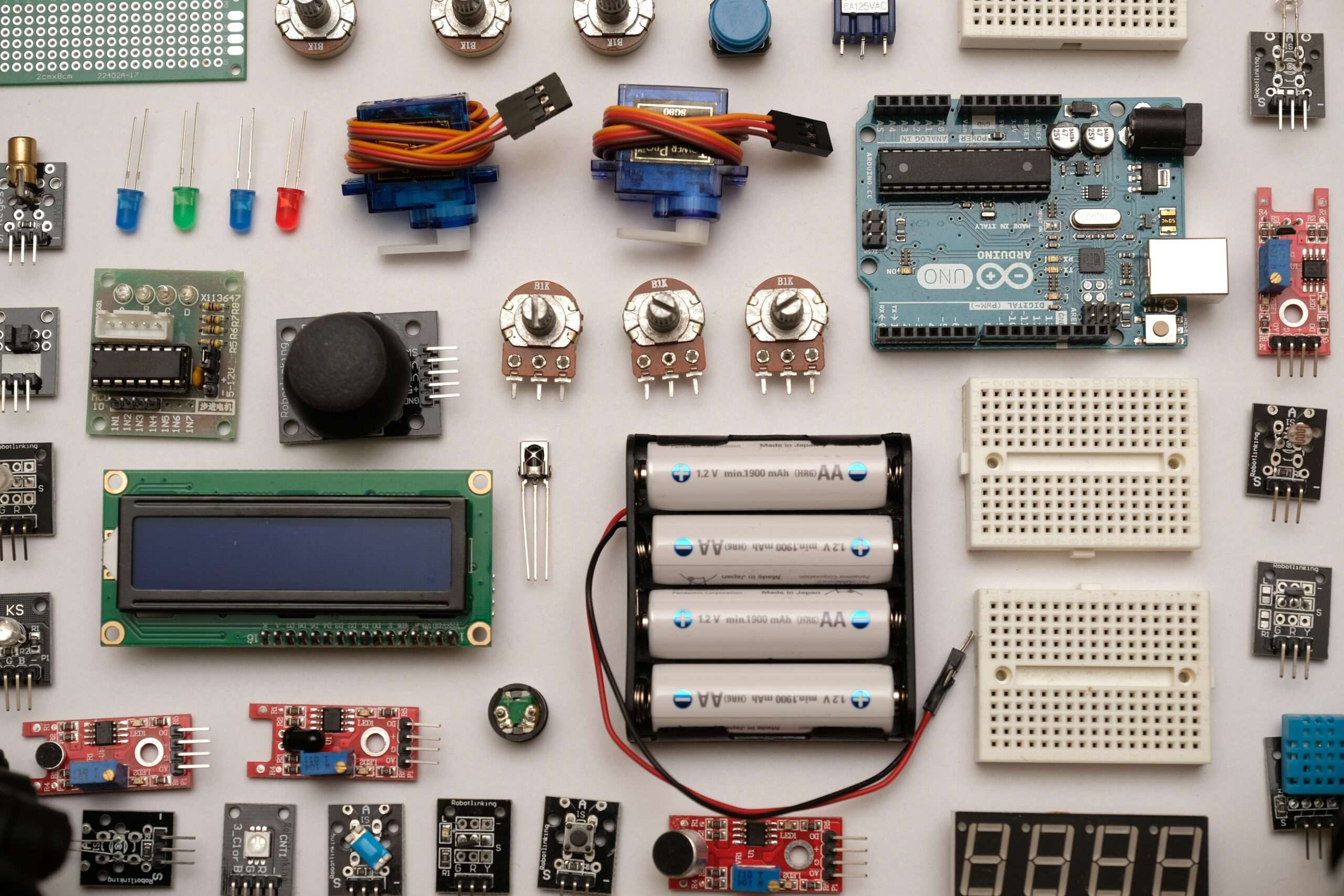
The evolution of semiconductor technology has significantly impacted the way electronic devices are designed and manufactured. From the early days of transistors to the widespread adoption of CMOS (Complementary Metal-Oxide-Semiconductor) technology, there has been a remarkable progression in the capabilities and efficiency of semiconductor devices. Understanding this evolution is crucial in comprehending the advancements that… Read more
Understanding DNS: A Beginner’s Guide

The Domain Name System (DNS) is a critical component of the internet that allows users to access websites using easy-to-remember domain names instead of complex numerical IP addresses. Understanding DNS is essential for anyone who wants to comprehend how the internet functions and how websites are accessed. This blog post will provide a clear and… Read more
An Introduction to Dynamic Random-Access Memory (DRAM)
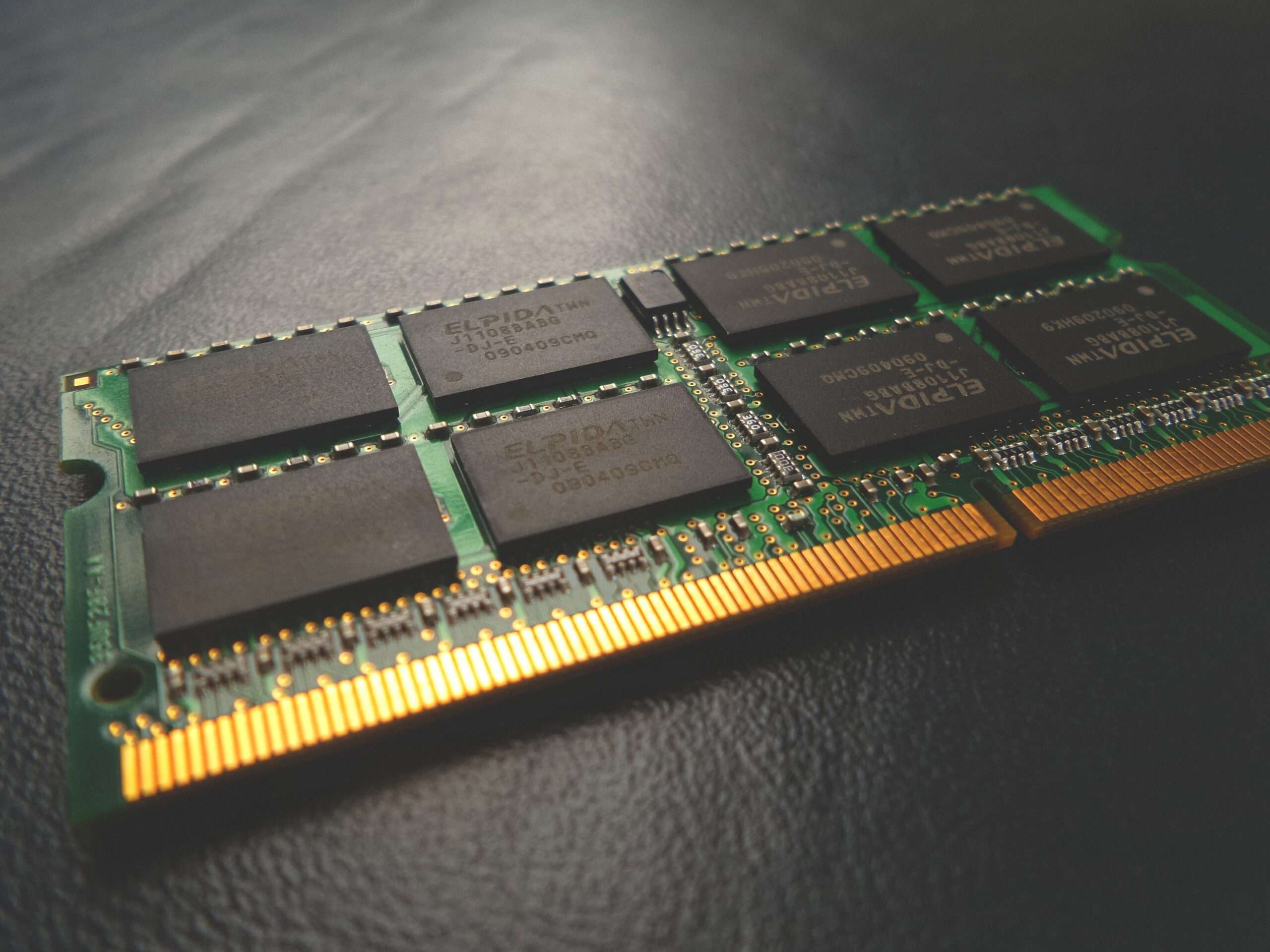
Understanding Dynamic Random-Access Memory (DRAM): A Comprehensive Guide Dynamic random-access memory (DRAM), a type of semiconductor memory, utilizes tiny capacitors and transistors to store each bit of data in a memory cell. The capacitors in the memory cell can be charged or discharged, representing the values 0 and 1. However, the electric charge on the… Read more
Understanding DMARC: A Comprehensive Guide
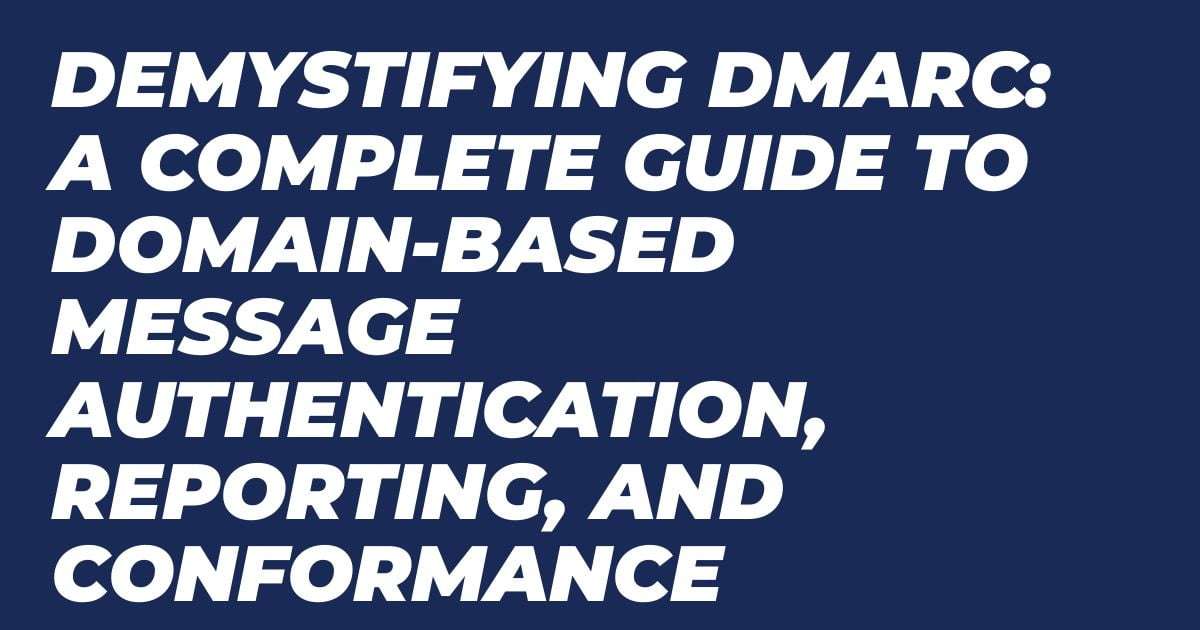
Demystifying DMARC: A Complete Guide to Domain-based Message Authentication, Reporting, and Conformance DMARC, short for “Domain-based Message Authentication, Reporting, and Conformance,” is an email authentication, policy, and reporting protocol. It enhances the widely used SPF and DKIM protocols by linking to the sender’s domain name and providing policies for recipient handling of authentication failures. It… Read more
Everything You Need to Know About Dual Inline Memory Modules
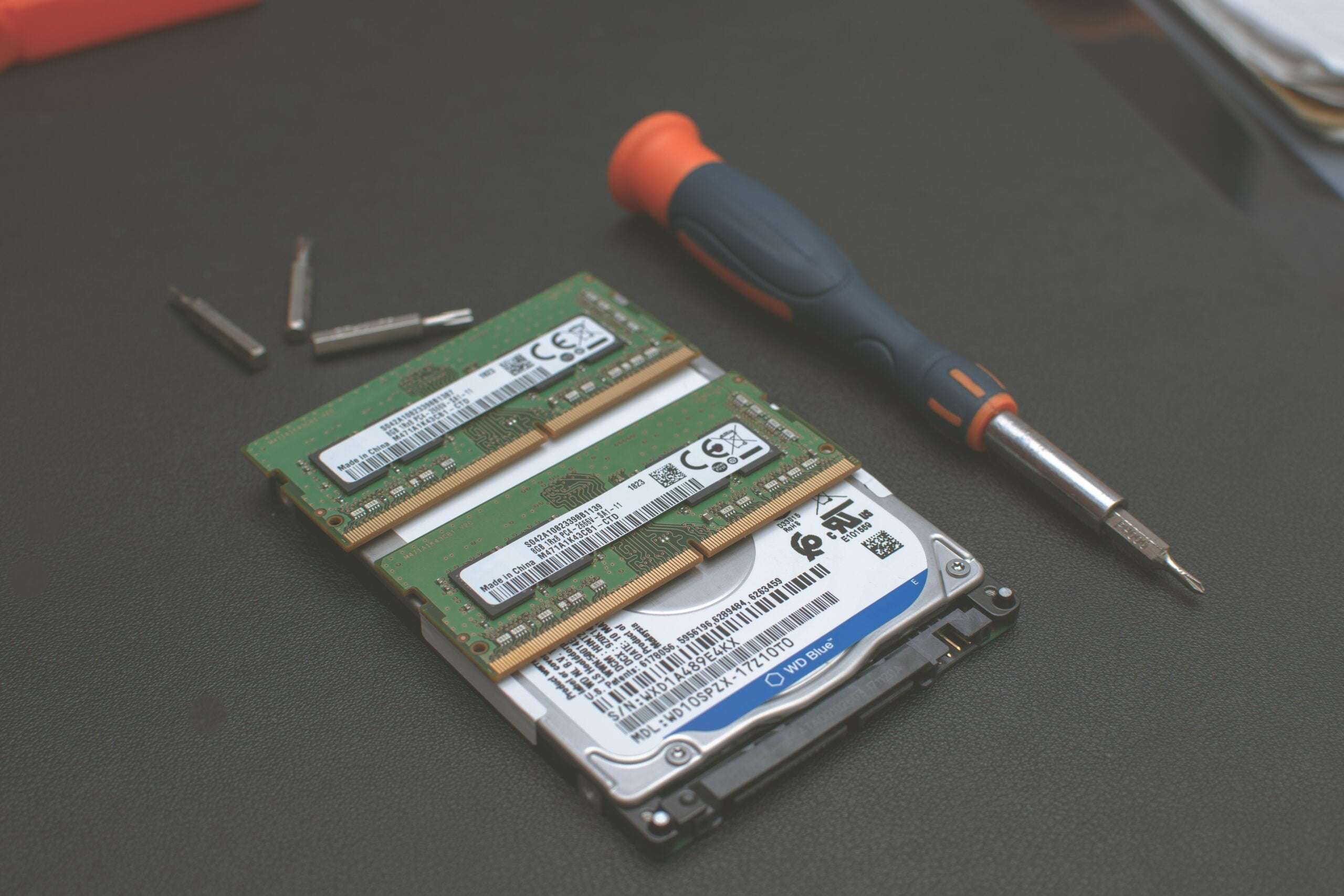
Dual Inline Memory Module, or DIMM, is a type of computer memory that is designed for fast data transfer. DIMM modules contain one or several random access memory (RAM) chips on a small circuit board with pins that connect to the computer motherboard. These modules are typically used in desktop PCs, laptops, printers, and other… Read more
